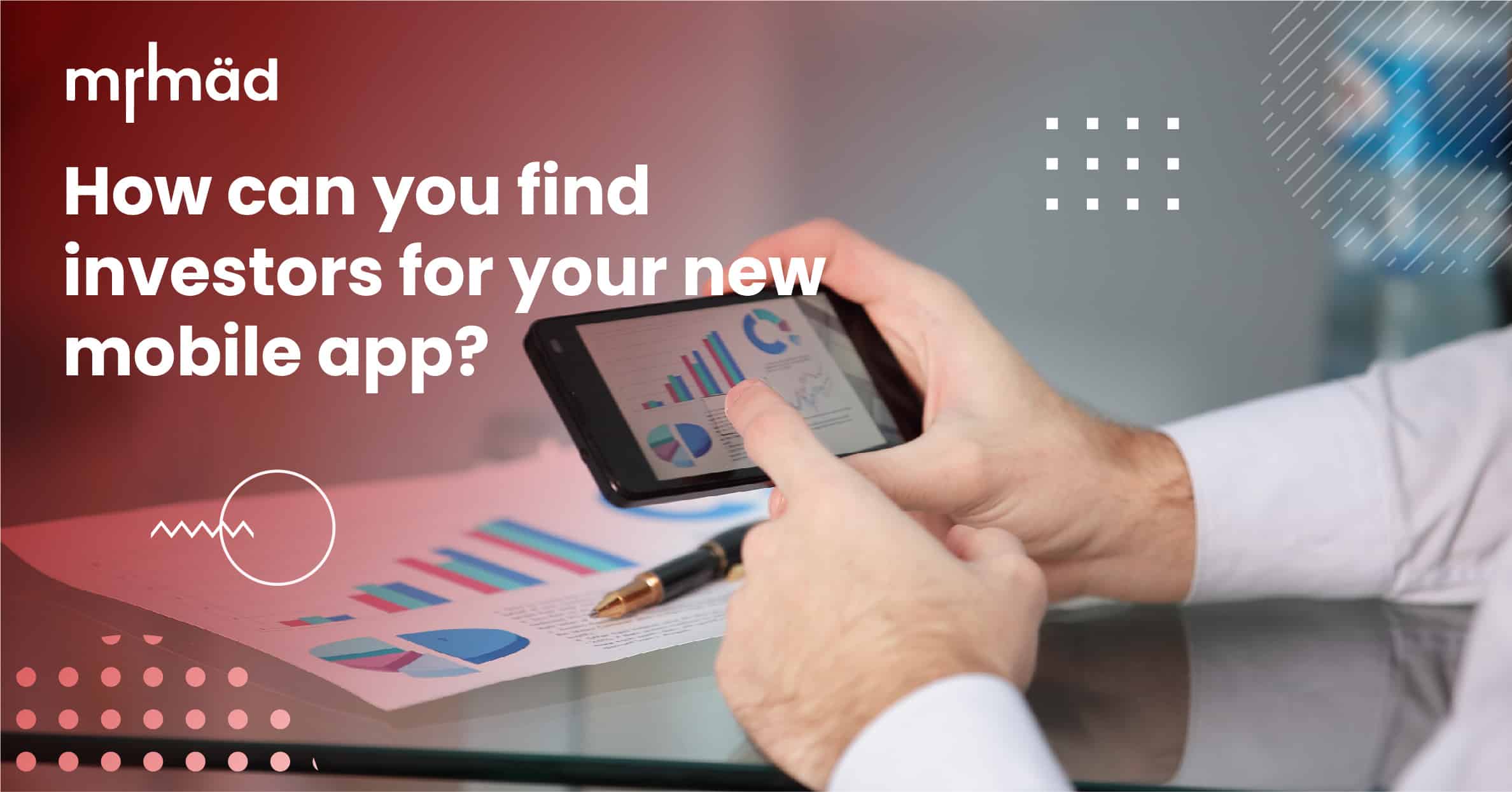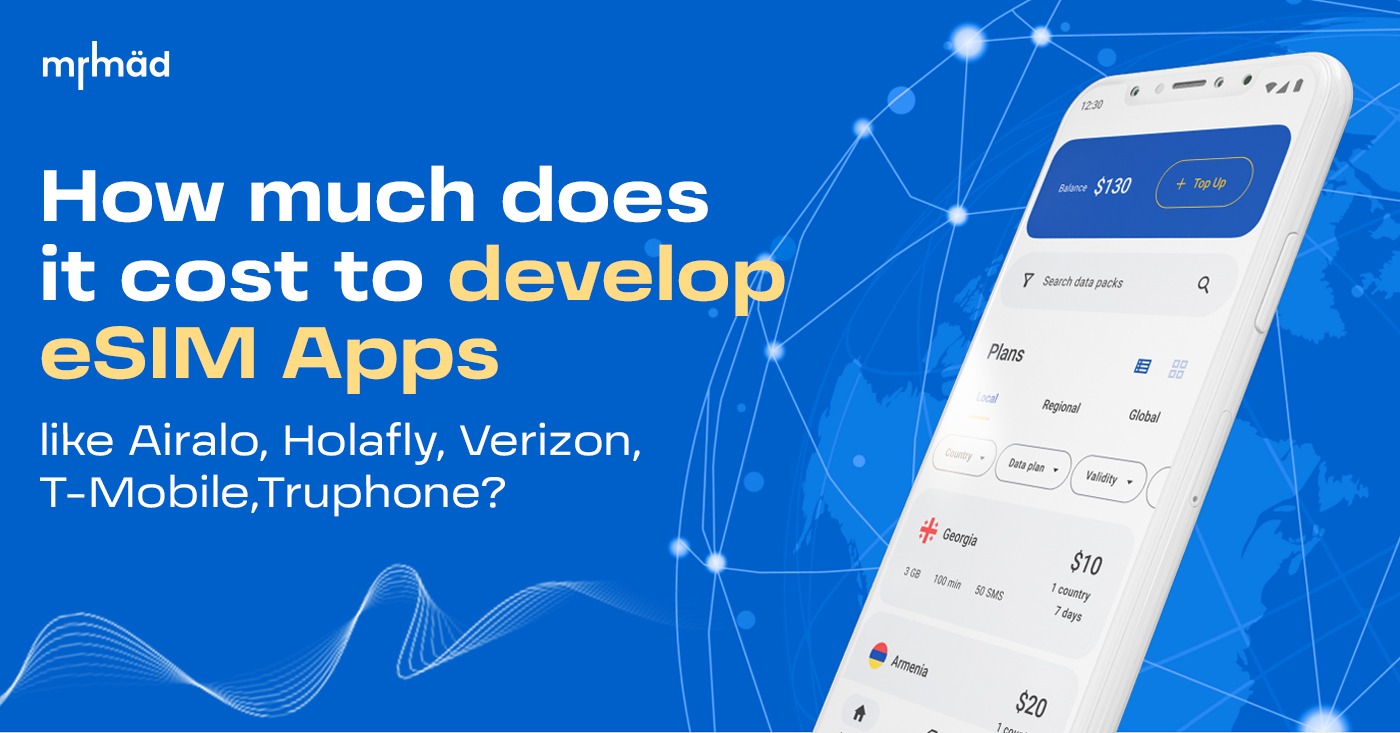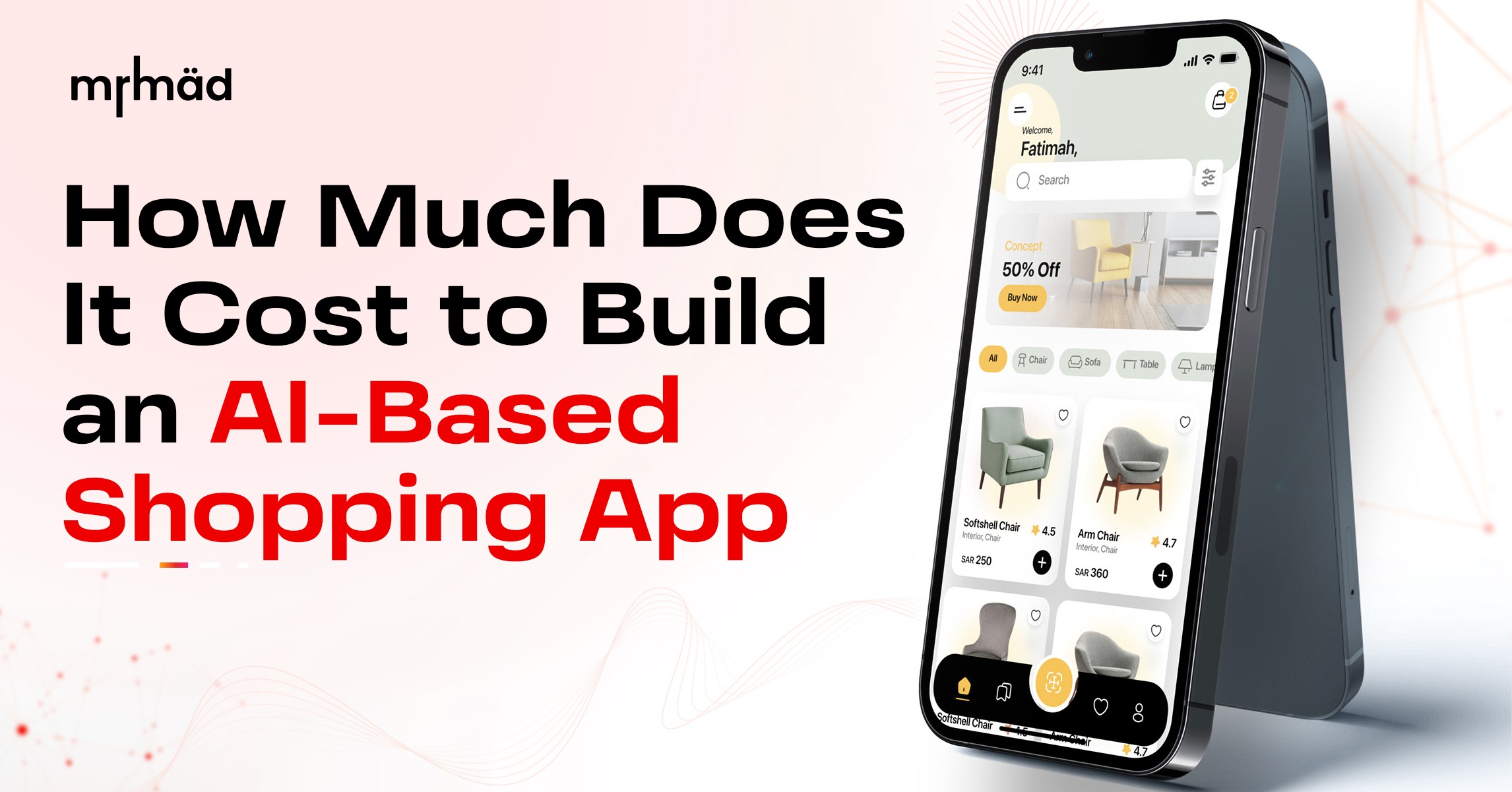Series A is the next stage of funding for startups after they have received seed funding. At this point, the startup has already proven its concept and has gained some traction in the market. Series A investors are typically venture capitalists who are looking to invest a larger amount of money into a promising company.
The amount raised during Series A funding can range from $2 million to $15 million depending on the industry and company size. This type of funding is used to scale operations, hire more employees, and build out infrastructure.
During this stage, investors will look at key metrics such as customer
acquisition costs, lifetime value of customers, and revenue growth potential. They will also assess the team’s ability to execute on their business plan and achieve their goals.
Startups that successfully raise Series A funding often go on to even greater success in subsequent rounds of financing. However, it’s important for founders not to become complacent – as with any round of financing, there are still risks involved and challenges ahead that must be met head-on.
Series B,C,D, etc
Series B, C, D funding rounds are stages of investment that come after the seed stage and Series A. These rounds typically involve larger investments from venture capitalists and other institutional investors.
In a Series B round, the startup has usually shown significant progress in terms of customer acquisition and revenue growth. The funds raised during this round will be used to expand operations and build out the product or service offerings.
A Series C round follows when a company is experiencing rapid growth but needs additional capital to continue expanding. At this point, the startup may also be looking at potential mergers or acquisitions as part of its growth strategy.
Series D funding is often seen as an opportunity for startups to prepare for an IPO (initial public offering) or acquisition by a larger company. The goal here is to raise enough capital to fuel continued expansion while preparing for future liquidity events.
Each subsequent funding round represents another milestone on a startup’s journey towards success. But it’s important not to get too caught up in fundraising – ultimately, building a great product and delivering value to customers should always be the top priority.







0 Comments